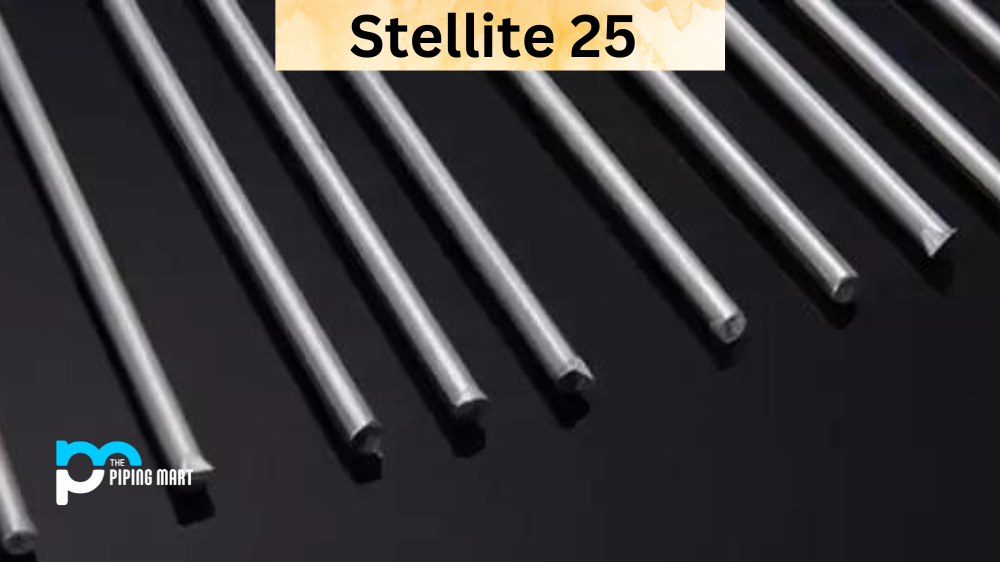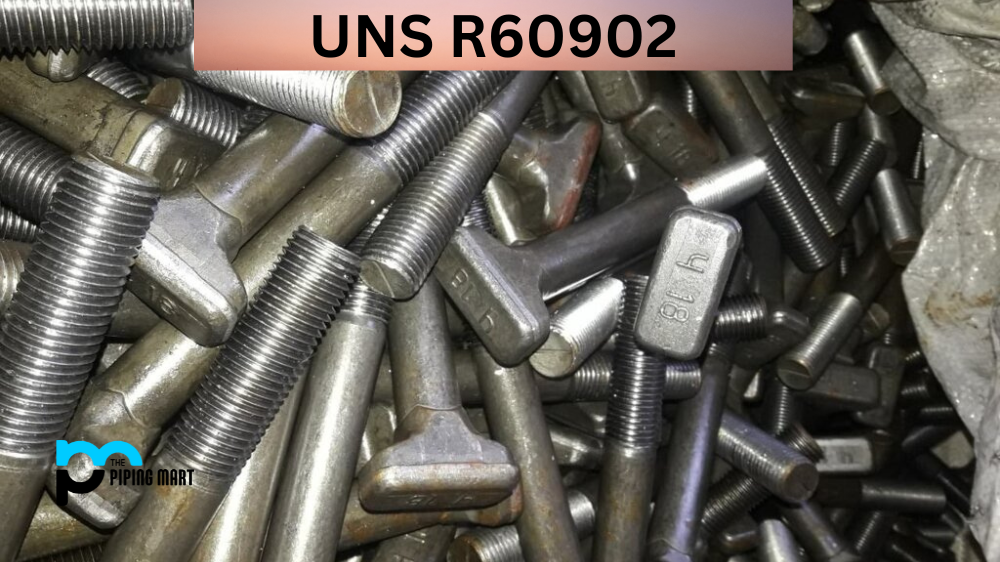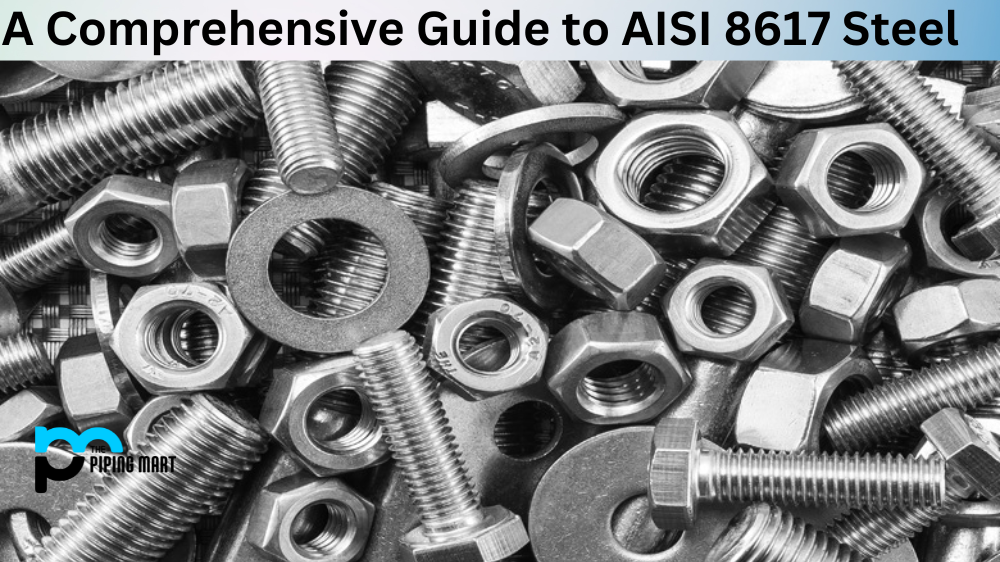When manufacturing industrial parts and components that require high wear and corrosion resistance, Stellite 25 is a go-to material. Its unique composition and properties have made it popular among various industries. In this blog post, we will explore what Stellite 25 is, its composition, physical and mechanical properties, heat treatment, welding, and corrosion resistance. We will also examine the applications of Stellite 25 and understand why it is so important in many manufacturing processes.
What is Stellite 25?
Stellite 25 is a cobalt-chromium-molybdenum alloy manufactured by Haynes International in the 1900s. It is a corrosion-resistant, high-temperature-resistant, and wear-resistant material well-known for its excellent mechanical properties and unmatched toughness. Its unique properties make it ideal for several industries, including oil and gas, aerospace, automotive, and chemical processing.
Stellite 25 Composition
Stellite 25 comprises approximately 58% cobalt, 29% chromium, 9% molybdenum, and trace amounts of carbon, tungsten, silicon, and iron. Cobalt gives Stellite 25 high wear resistance, while chromium and molybdenum offer excellent corrosion resistance and high-temperature capabilities. The trace elements improve the alloy’s mechanical properties and hardness.
| Element | Amount |
|---|---|
| Cobalt (Co) | 52.0% |
| Chromium (Cr) | 20% |
| Tungsten (W) | 15% |
| Nickel (Ni) | 10% |
| Iron (Fe) | 2% |
| Carbon (C) | 0.2% |
Stellite 25 Physical Properties
Stellite 25 boasts numerous excellent physical properties. It has a density of 8.55 g/cm3, a melting point range of 1285°C – 1370°C, and a thermal conductivity of 27.5 W/mK. Additionally, Stellite 25 has a coefficient of thermal expansion of 13.18 µm/m°C at 20°C. All these properties make Stellite 25 a great material for use in extreme conditions.
Stellite 25 Mechanical Properties
Stellite 25 has an incredibly high hardness and toughness. Its tensile strength is approximately 750 MPa, with a yield strength of between 400 and 743 MPa. Additionally, its elongation (the degree to which it can stretch before breaking) ranges from 15 to 20%. Furthermore, Stellite 25’s flexibility is excellent, and it can withstand extreme temperatures of up to 980°C without losing strength and toughness.
Stellite 25 Applications
Stellite 25 is widely used in manufacturing parts requiring high wear and corrosion resistance. Some typical applications include water pump seals, chemical valves, and steam turbine blades. The petrochemical industry particularly values Stellite 25 for manufacturing oil-well instruments and drilling equipment. Aerospace and automotive companies also use Stellite 25 in exhaust valves and parts that come into contact with extreme heat.
Conclusion
Stellite 25 is an excellent material with several unique properties when manufacturing industrial parts and components. Its excellent mechanical and physical properties make it ideal for use in many extreme environments. We hope this blog post has helped you understand what Stellite 25 is, its composition, physical and mechanical properties, and applications. If you’re considering using Stellite 25 for your manufacturing project, consult a professional for detailed guidance on the material application and welding process.

Meet Bhavesh, a seasoned blogger with a wealth of knowledge and experience. From metal products manufacturing to retail, Bhavesh has a diverse background in various industries and is dedicated to sharing his insights and expertise with readers.




